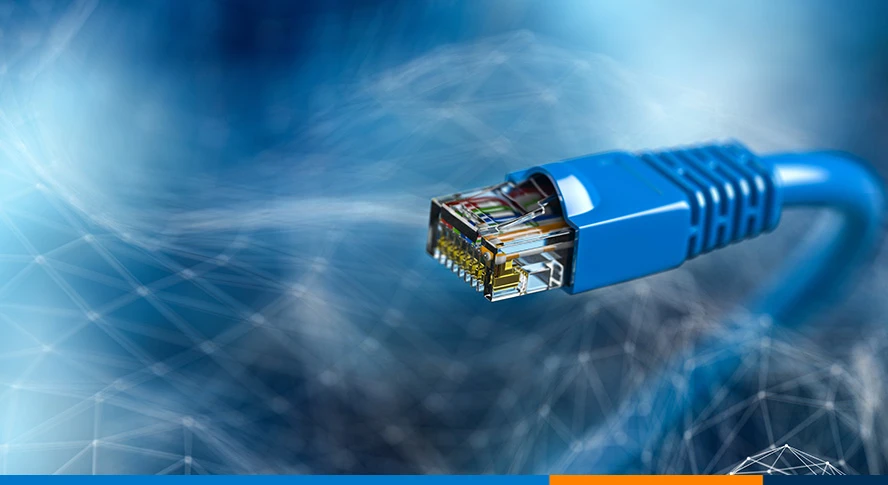
Power over Ethernet (PoE): A Comprehensive Guide
Power over Ethernet (PoE) is a technology that enables network cables to carry electrical power along with data to devices such as IP cameras, wireless access points, and VoIP phones. This guide covers the essentials of PoE, including its benefits, types, and applications.
What is PoE?
PoE allows devices to receive power and data through a single Ethernet cable, simplifying installation and reducing the need for additional power outlets.
Benefits of PoE
- Cost-Efficiency: Reduces installation costs by eliminating the need for separate power sources.
- Flexibility: Allows for easier placement of devices in locations without nearby power outlets.
- Scalability: Supports the addition of new devices without extensive wiring changes.
- Safety: PoE technology includes built-in safety features to prevent overloading and damaging devices.
Types of PoE
- IEEE 802.3af (PoE): Delivers up to 15.4 watts per port.
- IEEE 802.3at (PoE+): Provides up to 30 watts per port, suitable for more power-intensive devices.
- IEEE 802.3bt (PoE++ or 4PPoE): Supports up to 60 watts (Type 3) or 100 watts (Type 4), ideal for high-demand applications.
Applications of PoE
- IP Surveillance Cameras: Simplifies installation by powering cameras directly through Ethernet.
- Wireless Access Points: Enhances connectivity in areas lacking electrical infrastructure.
- VoIP Phones: Facilitates easy deployment of phone systems in various office environments.
Conclusion
Power over Ethernet is an innovative solution that enhances efficiency and flexibility in networking and device management. By understanding its benefits and applications, you can effectively leverage PoE for your organization’s needs.
